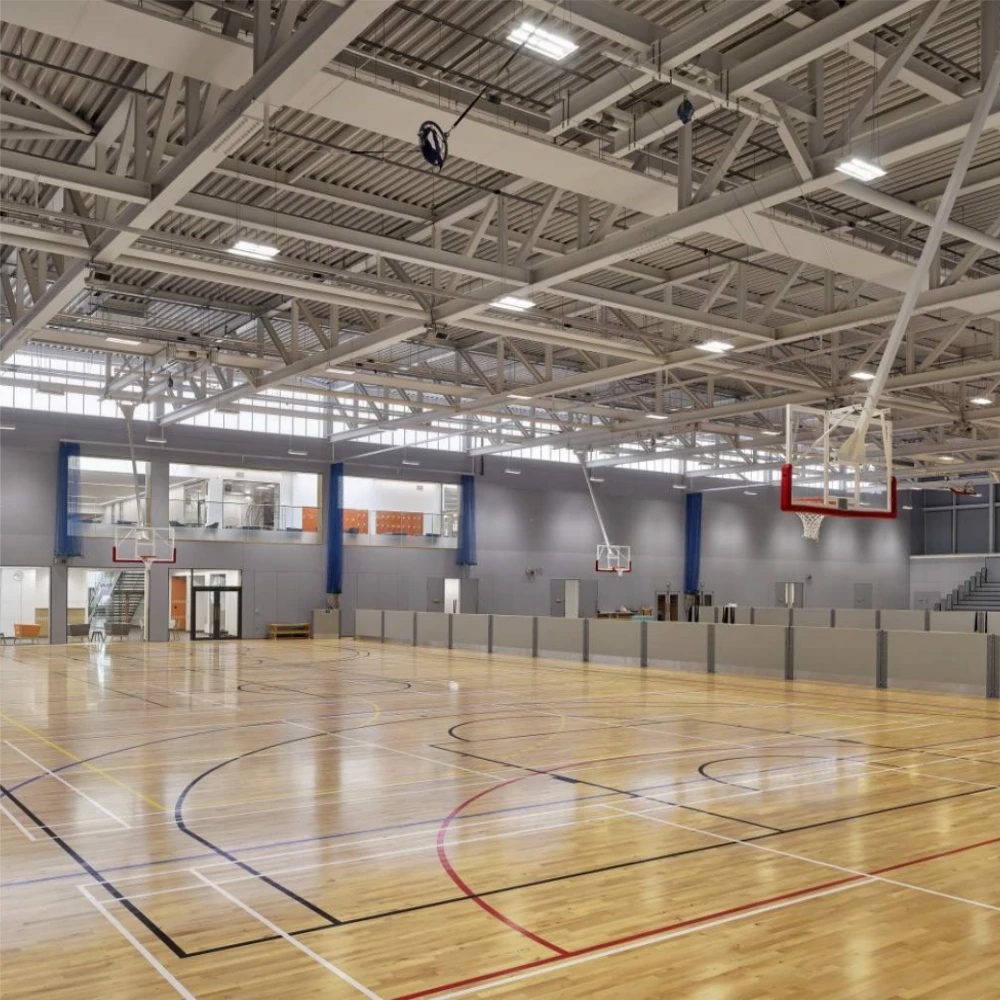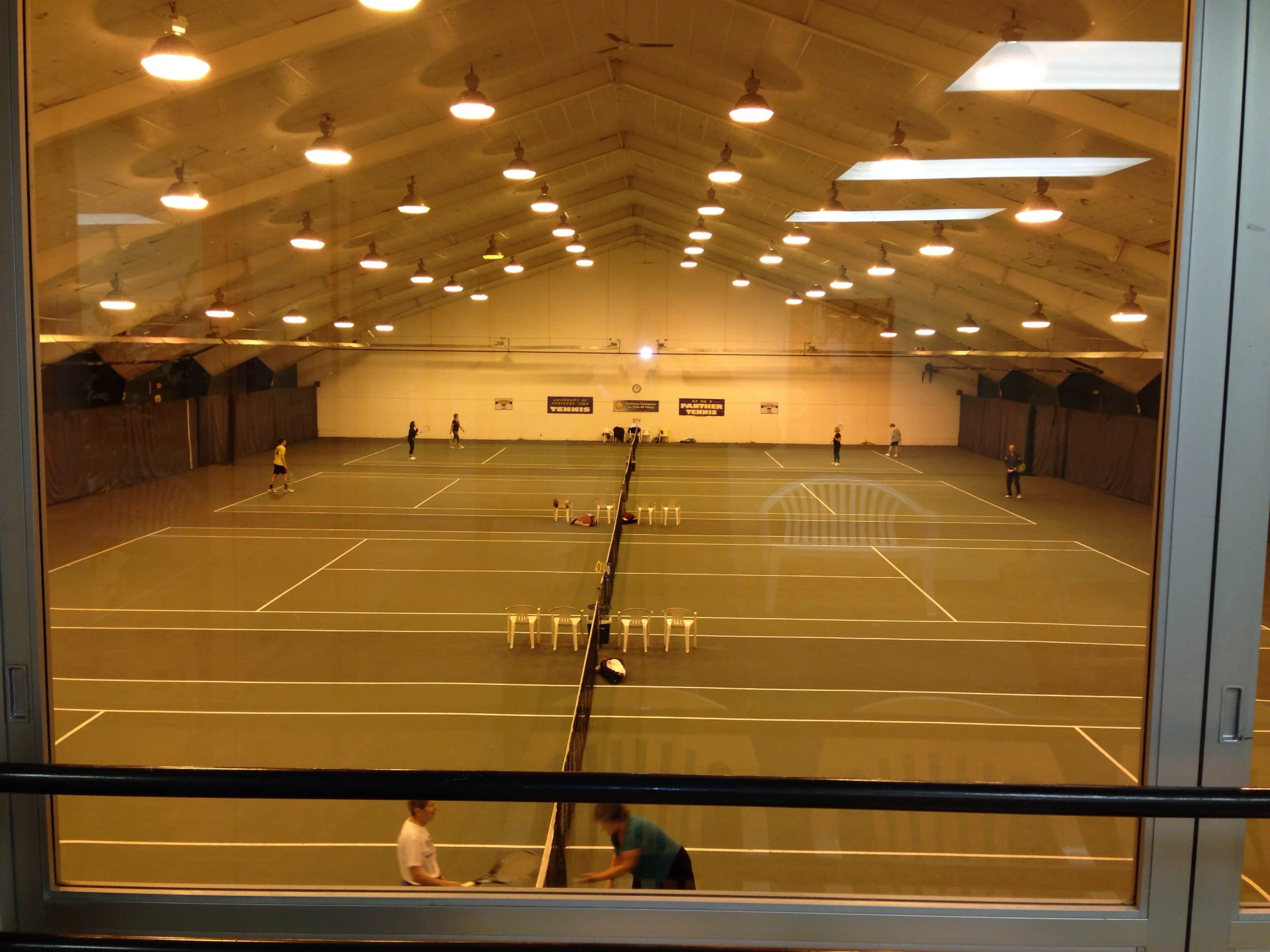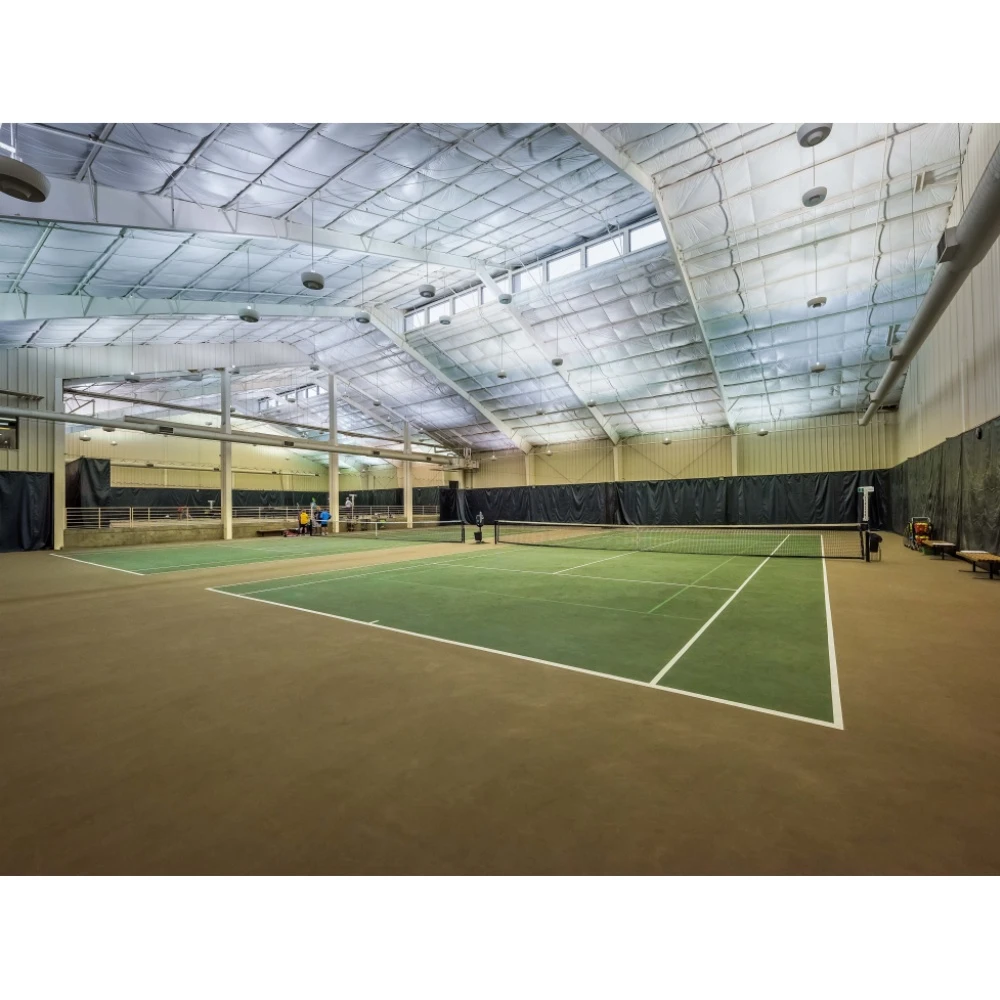- Afrikaans
- Albanian
- Amharic
- Arabic
- Armenian
- Azerbaijani
- Basque
- Belarusian
- Bengali
- Bosnian
- Bulgarian
- Catalan
- Cebuano
- Corsican
- Croatian
- Czech
- Danish
- Dutch
- English
- Esperanto
- Estonian
- Finnish
- French
- Frisian
- Galician
- Georgian
- German
- Greek
- Gujarati
- Haitian Creole
- hausa
- hawaiian
- Hebrew
- Hindi
- Miao
- Hungarian
- Icelandic
- igbo
- Indonesian
- irish
- Italian
- Japanese
- Javanese
- Kannada
- kazakh
- Khmer
- Rwandese
- Korean
- Kurdish
- Kyrgyz
- Lao
- Latin
- Latvian
- Lithuanian
- Luxembourgish
- Macedonian
- Malgashi
- Malay
- Malayalam
- Maltese
- Maori
- Marathi
- Mongolian
- Myanmar
- Nepali
- Norwegian
- Norwegian
- Occitan
- Pashto
- Persian
- Polish
- Portuguese
- Punjabi
- Romanian
- Russian
- Samoan
- Scottish Gaelic
- Serbian
- Sesotho
- Shona
- Sindhi
- Sinhala
- Slovak
- Slovenian
- Somali
- Spanish
- Sundanese
- Swahili
- Swedish
- Tagalog
- Tajik
- Tamil
- Tatar
- Telugu
- Thai
- Turkish
- Turkmen
- Ukrainian
- Urdu
- Uighur
- Uzbek
- Vietnamese
- Welsh
- Bantu
- Yiddish
- Yoruba
- Zulu
Oct . 12, 2024 06:00 Back to list
Agriculture in Buildings A Sustainable Solution for Urban Food Production
As urban populations continue to grow, the demand for food increases, leading to a pressing need for innovative agricultural solutions. One approach gaining momentum is the integration of agriculture within buildings, often referred to as vertical farming or indoor agriculture. This method not only addresses the challenges of limited space in urban environments but also promotes sustainability and environmental conservation.
Vertical farming involves cultivating crops in stacked layers, often utilizing hydroponics or aeroponics systems that allow plants to grow without soil. These systems provide plants with essential nutrients directly through water, significantly reducing water usage and eliminating the need for pesticides and herbicides. In contrast to traditional farming methods, vertical farms can produce food year-round, independent of climate conditions, thus ensuring a steady supply of fresh produce to urban populations.
One of the major advantages of agriculture in buildings is its proximity to urban consumers. By locating farms within cities, food can be harvested and delivered within hours, drastically reducing the carbon footprint associated with transportation. This not only ensures the freshness of produce but also minimizes the energy costs associated with long-distance food distribution. Additionally, urban farming can reduce the reliance on imported goods, promoting local economies and enhancing food security.
agriculture in buildings

However, the implementation of agriculture in buildings comes with its own set of challenges. The initial investment in technology and infrastructure can be substantial, and ongoing operational costs must be managed effectively for long-term sustainability. Moreover, as the industry is still evolving, there may be a learning curve related to optimizing growth conditions and maximizing yields. Nevertheless, with advances in technology and the growing interest in sustainable practices, many urban farms are proving to be economically viable.
Furthermore, agriculture in buildings has the potential to contribute to the greening of urban spaces. Rooftop gardens and vertical farms can help combat urban heat islands, improve air quality, and provide habitats for local wildlife. They also offer educational opportunities for communities, raising awareness about nutrition, environmental stewardship, and the origins of food.
In conclusion, agriculture in buildings presents a dynamic and sustainable solution to the challenges posed by urbanization and food production. As cities continue to expand, embracing innovative agricultural practices within their structures can pave the way for a more resilient and food-secure future. With continued investment and research, the potential of urban agriculture is boundless, promising a harmonious integration of food production and urban living.
-
How Do Prefabricated Steel Structures Transform Modern Construction?
NewsJul.14,2025
-
How Do Prefabricated Metal Buildings Redefine Modern Construction?
NewsJul.14,2025
-
How Do Prefab Insulated Metal Buildings and Steel Structures Revolutionize Modern Construction?
NewsJul.14,2025
-
How Do Pre - Engineered Steel Structures Redefine Modern Construction?
NewsJul.14,2025
-
Advancing Modular Construction with Prefabricated Metal Structures
NewsJul.14,2025
-
Advancing Industrial Infrastructure with Prefabricated Steel Solutions
NewsJul.14,2025
Products categories
Our Latest News
We have a professional design team and an excellent production and construction team.












